UN Sustainable Development Goals
Contributing to the UN Sustainable Development Goals
10 minIn 2015, the 193 countries of the United Nations General Assembly adopted the Agenda 2030, with 17 Sustainable Development Goals (SDGs) and 169 targets at its heart. These are ambitious targets for people, the planet, and prosperity which require partnerships between governments, non-governmental organizations (NGOs), businesses, and institutions of higher learning. If we are to achieve them, everyone should be aware of them.
Because of their importance, dormakaba aims to increase stakeholder awareness of the SDGs, especially within our workforce, which we have done through our Enterprise Social Network. As a first step towards contributing to the SDGs, we have mapped our defined material topics to the targets of the SDGs. While it is essential to achieve all 17 Global Goals, we can make a substantial contribution to nine of the SDGs by addressing our material topics. We also see the SDGs as a guide to new business opportunities.
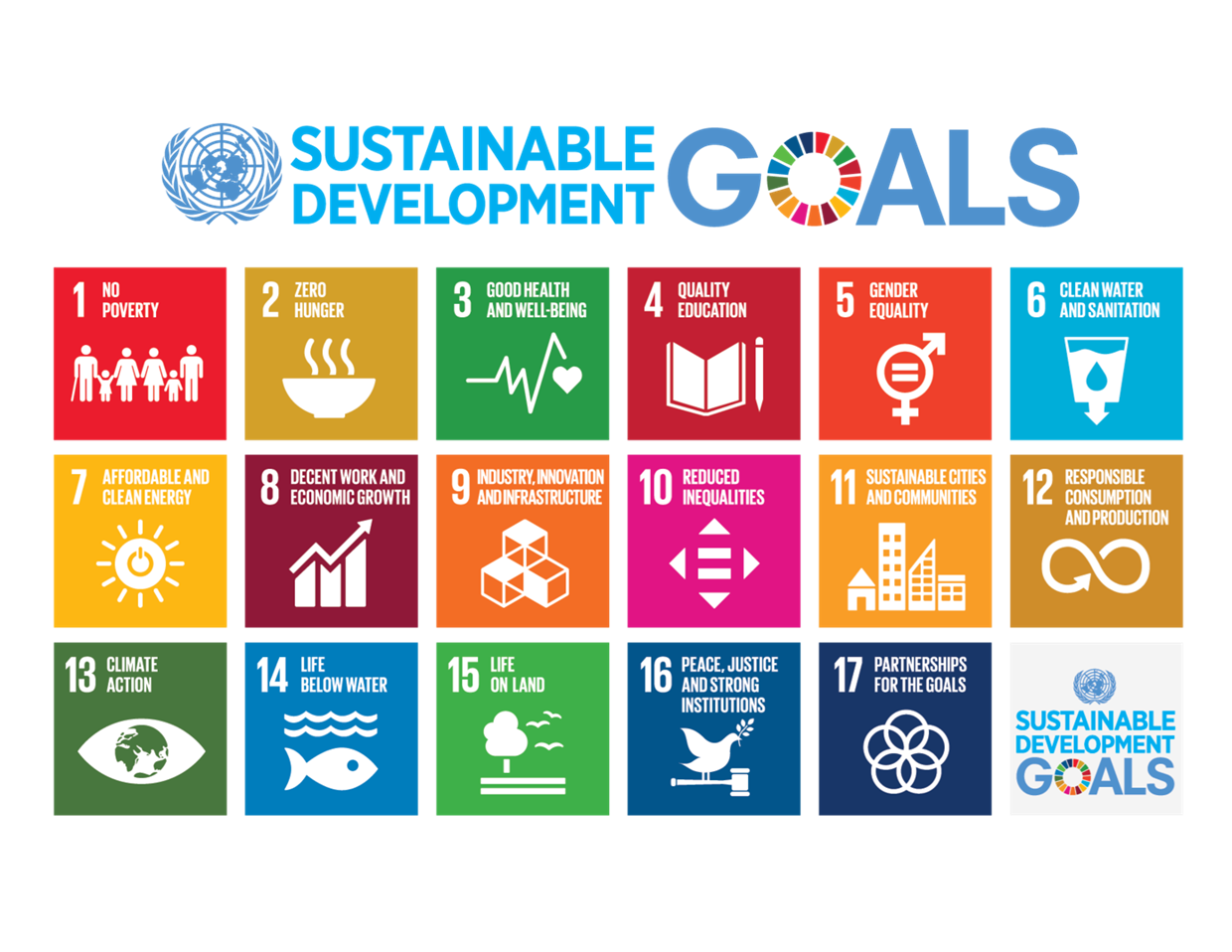
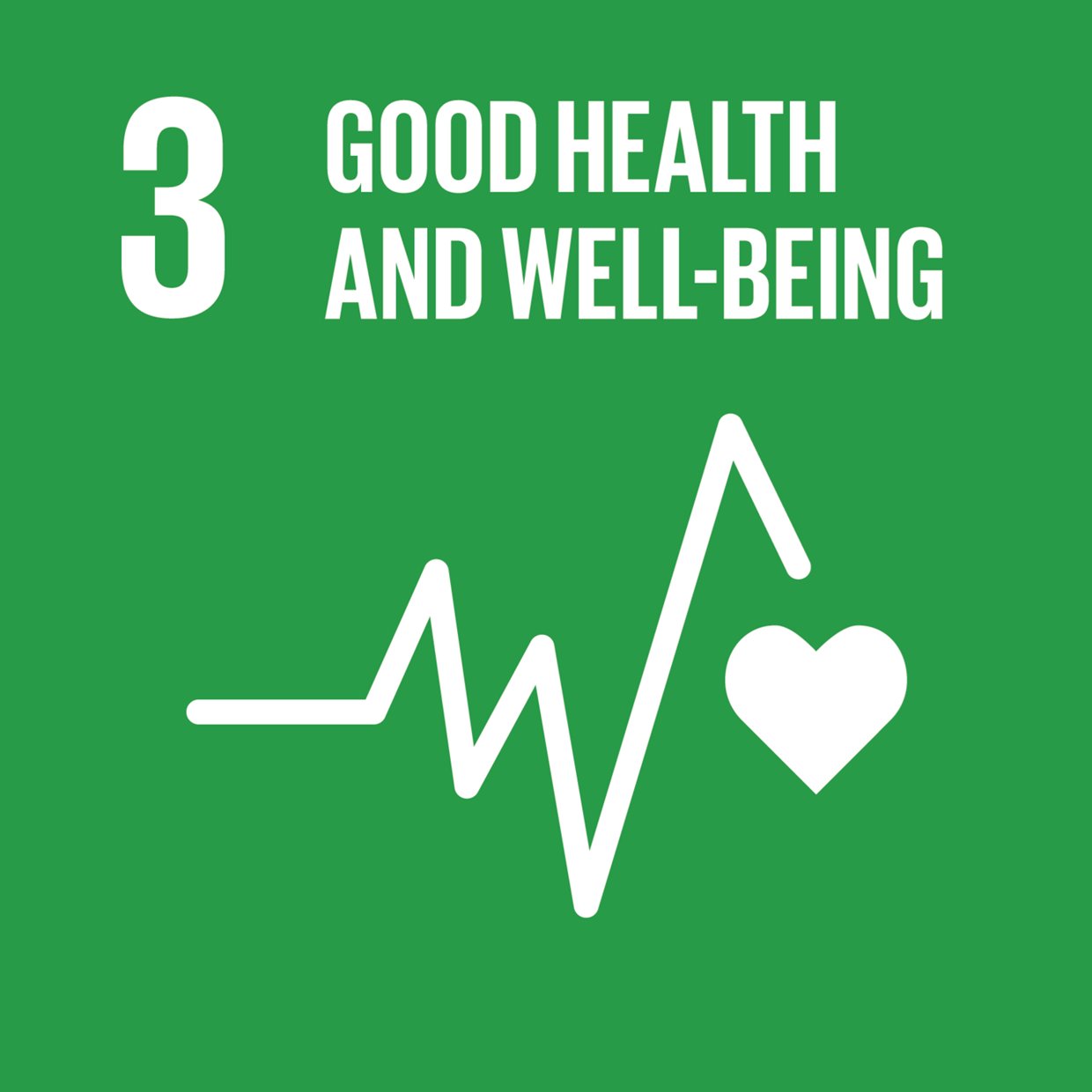
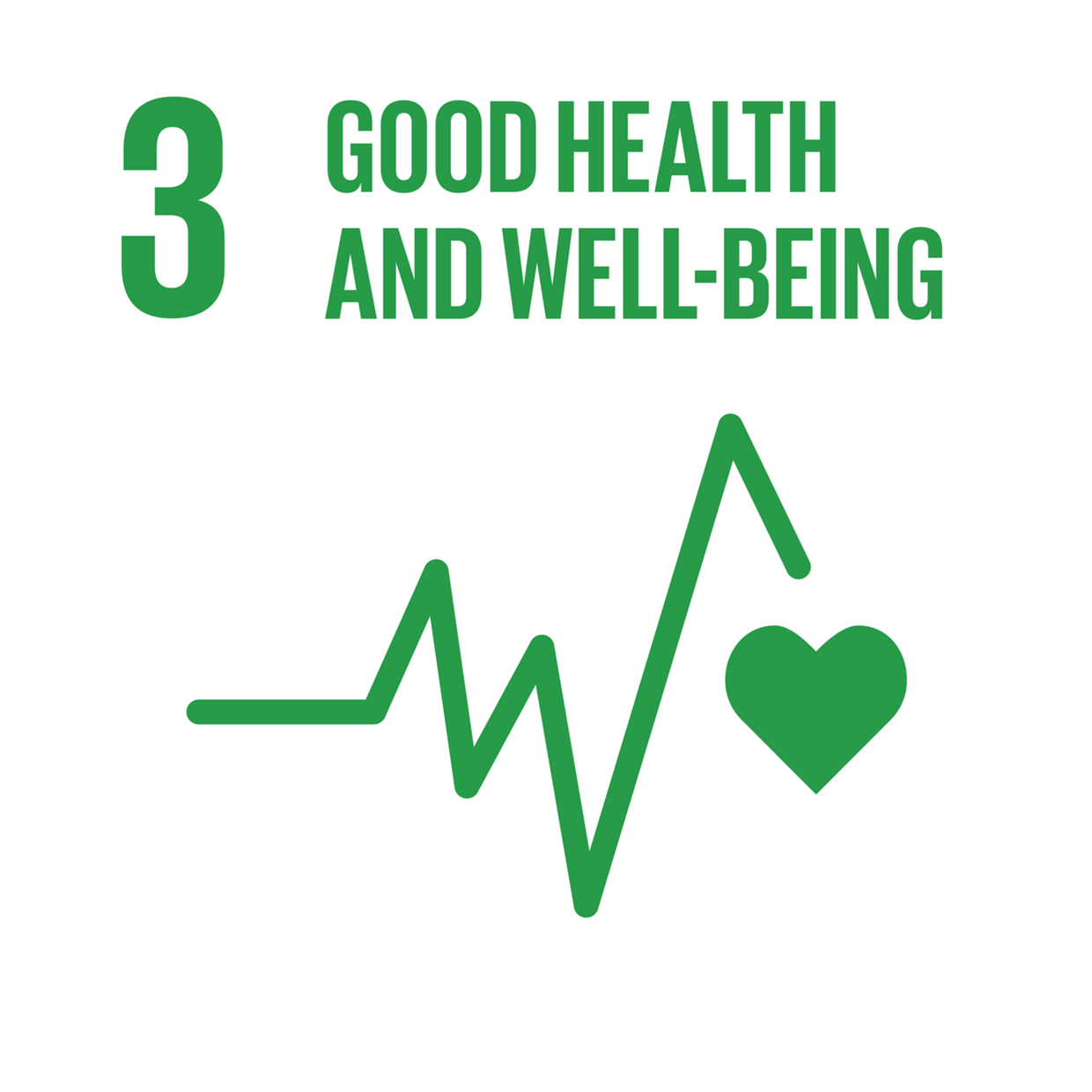
Goal 3. Ensure healthy lives and promote well-being for all at all ages
By 2030, substantially reduce the number of deaths and illnesses from hazardous chemicals and air, water and soil pollution and contamination (Target 3.9).
Material Topic: Customer Health & Safety
How we are contributing
Studies show that in North America and Europe people spend about 90% of their time indoors and many indoor environments have pollution levels two to five times higher than outdoor levels. It is therefore our responsibility to ensure that our products do not contain hazardous materials that may harm people’s health. We provide our customers with transparent product declarations on the materials used, under the Health Product Declaration (HPD) standard, as well as in accordance with related regulations such as REACH and RoHS. Several products have qualified as testing for low emissions of volatile organic compounds. As of today, we have published 40 HPDs.
We continuously work to reduce the use of hazardous materials in our production processes, and our filter systems ensure that potentially hazardous substances are not released externally. In Malaysia, for example, we have replaced the use of HMT-11 with the less harmful LK-11 during a metal treatment process, and a dust collector system has been installed. As a result, chemical exposure monitoring showed 0.046 mg/m3, which is considerably less than the permitted exposure limit (10.0 mg/m3). Further, in China we have replaced a solvent-based tetrachloroethene (PERC) component washing machine with a water-based one and upgraded a closers washing machine (Y-degreasing). In total, the use of tetrachloroethene has thereby been reduced by over 70% at the manufacturing site. In another facility, we have substituted the use of hydrochloric acid with pre-mixed boric acid salt, which also reduced chemical exposure hazards.
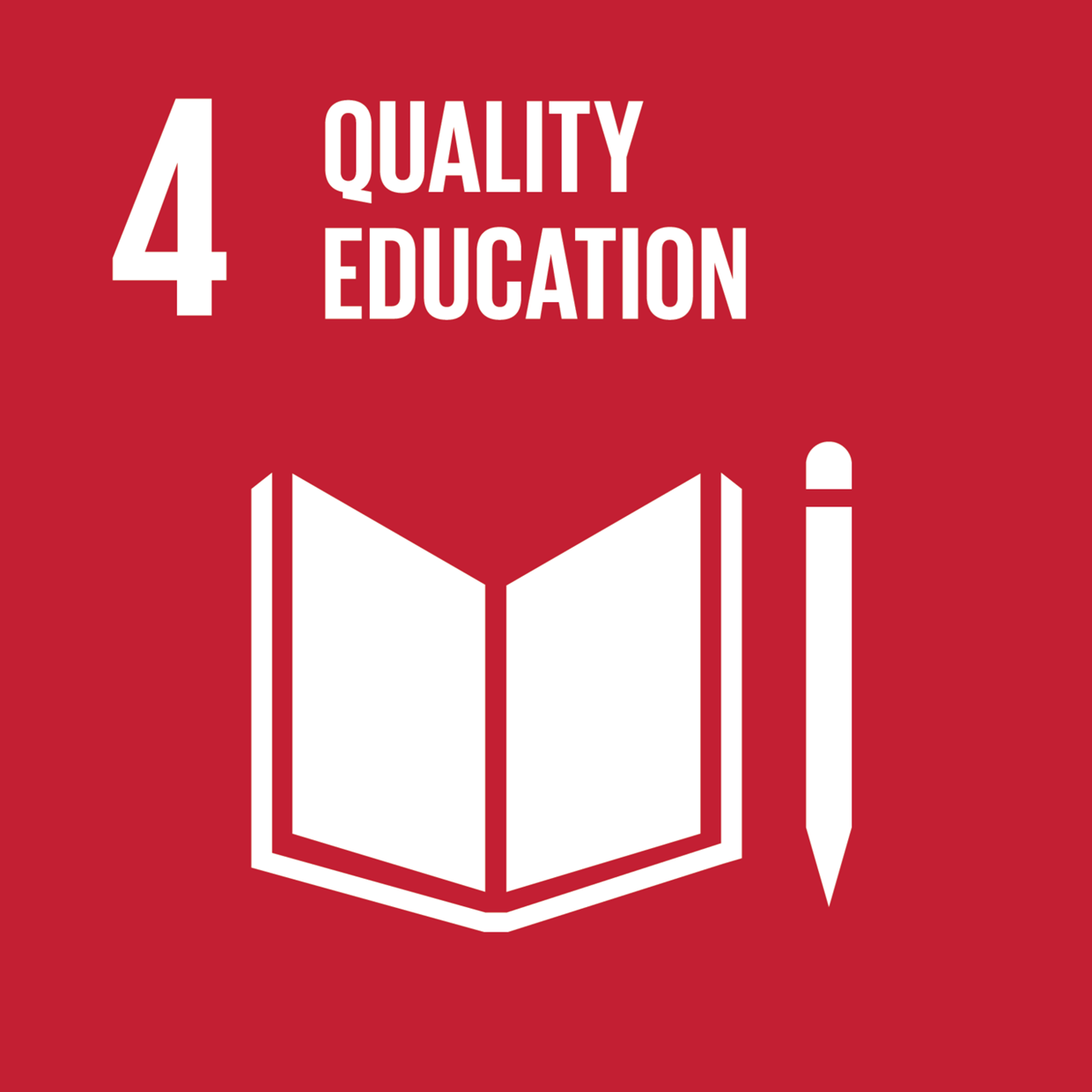
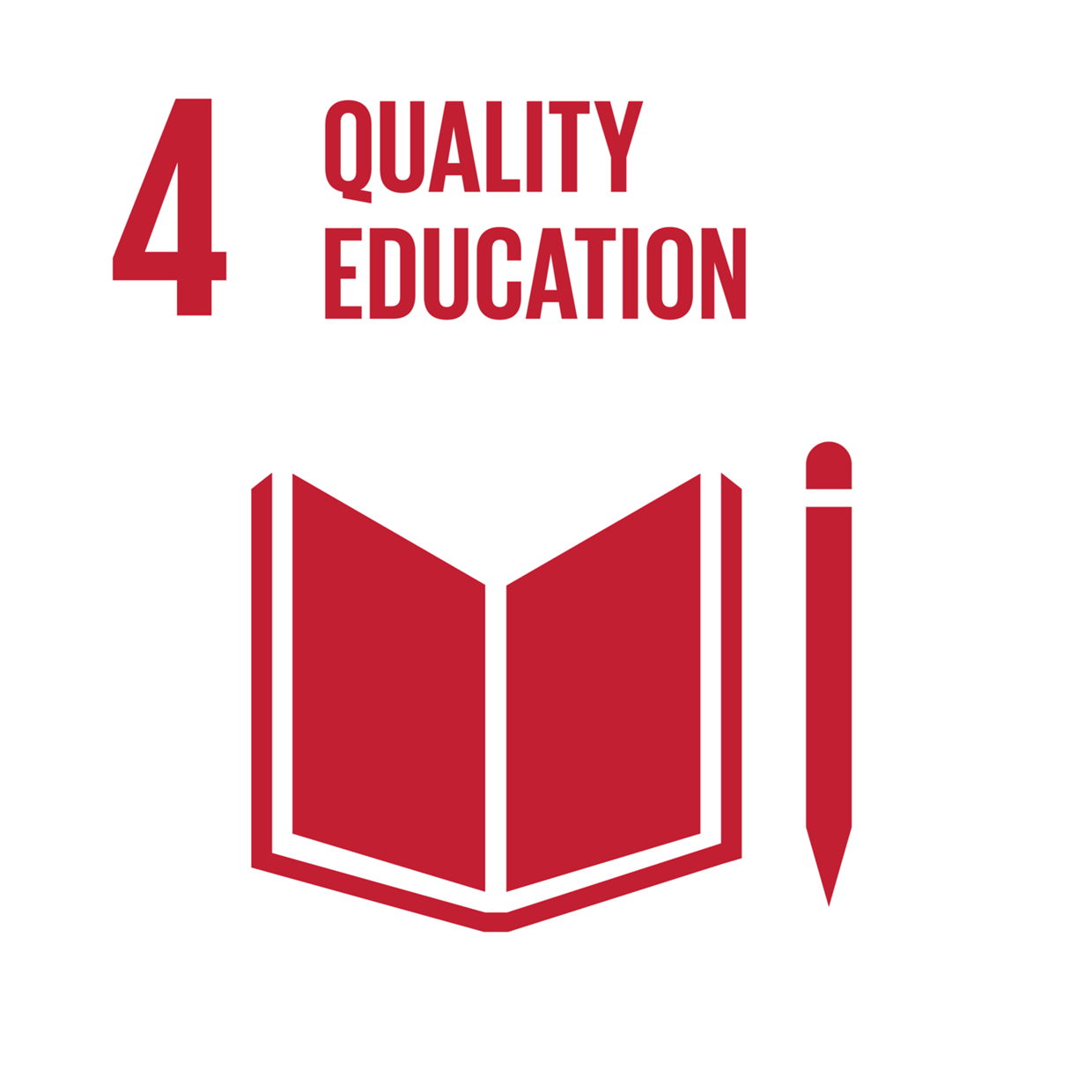
Goal 4. Ensure inclusive and equitable quality education and promote lifelong learning opportunities for all
By 2030, ensure equal access for all women and men to affordable and quality technical, vocational, and tertiary education, including university (Target 4.3).
By 2030, ensure that all learners acquire the knowledge and skills needed to promote sustainable development (Target 4.7).
By 2030, substantially increase the number of youth and adults who have relevant skills, including technical and vocational skills, for employment, decent jobs, and entrepreneurship (Target 4.4).
Material Topic: Training & Education
How we are contributing
We provide our employees with regular vocational training on topics such as lean management, health and safety, and product offerings. We partner with local schools and universities by offering apprenticeships and internships as well as work-study programs. To raise awareness of sustainable development, we regularly communicate our sustainability initiatives to employees through our intranet. Furthermore at the beginning of FY 2022/23 we are launching two eLearning modules on sustainability in five languages. We have made good progress in developing the skills of our workforce. For example, 87% (12,429 employees) have completed at least one eLearning module, compared to 83% in the previous financial year. We keep adapting our learning and development portfolio in line with current trends. Furthermore, by 2027 we aim to increase average training hours to 20 hours per employee (baseline 13 hours/FTE in FY 2020/21).
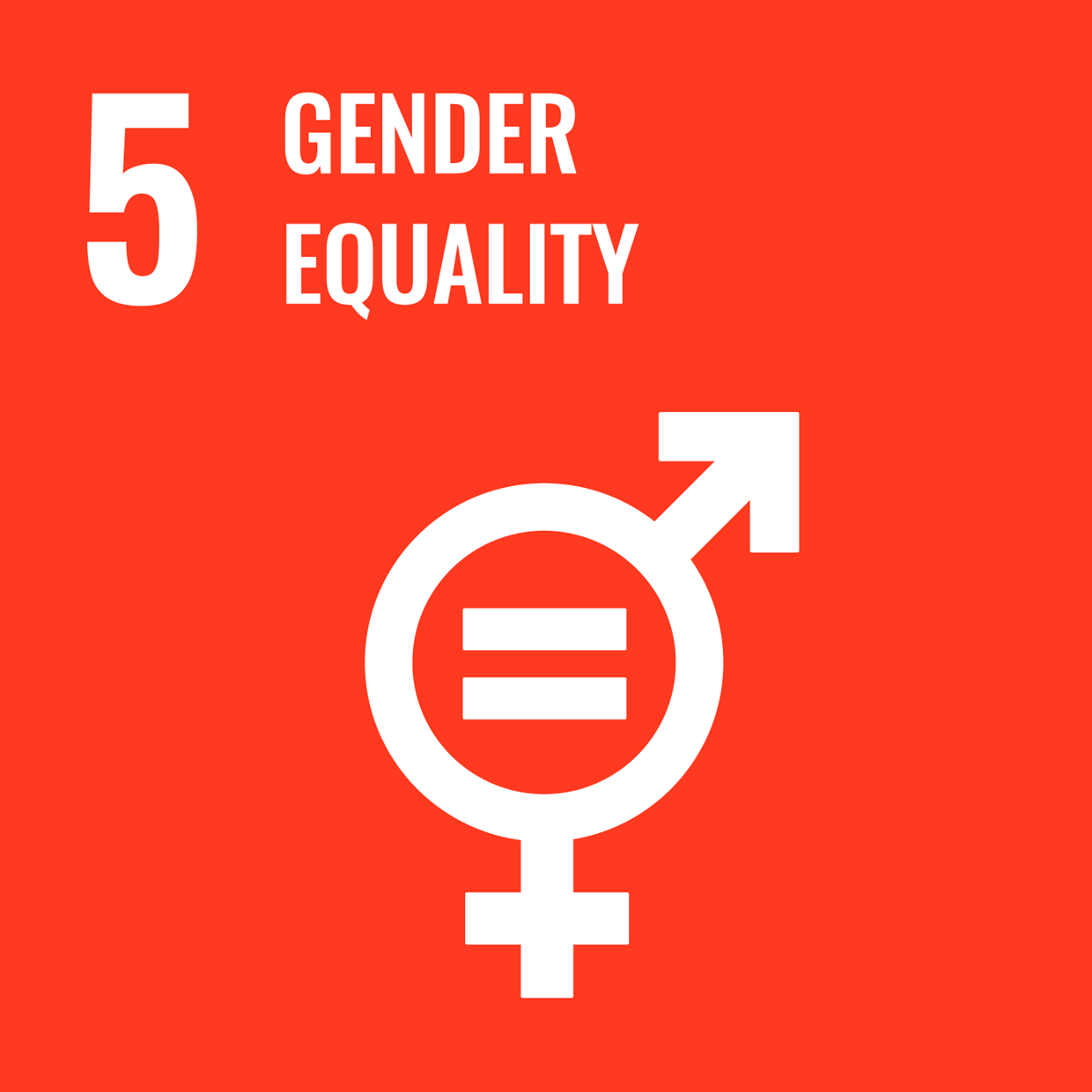
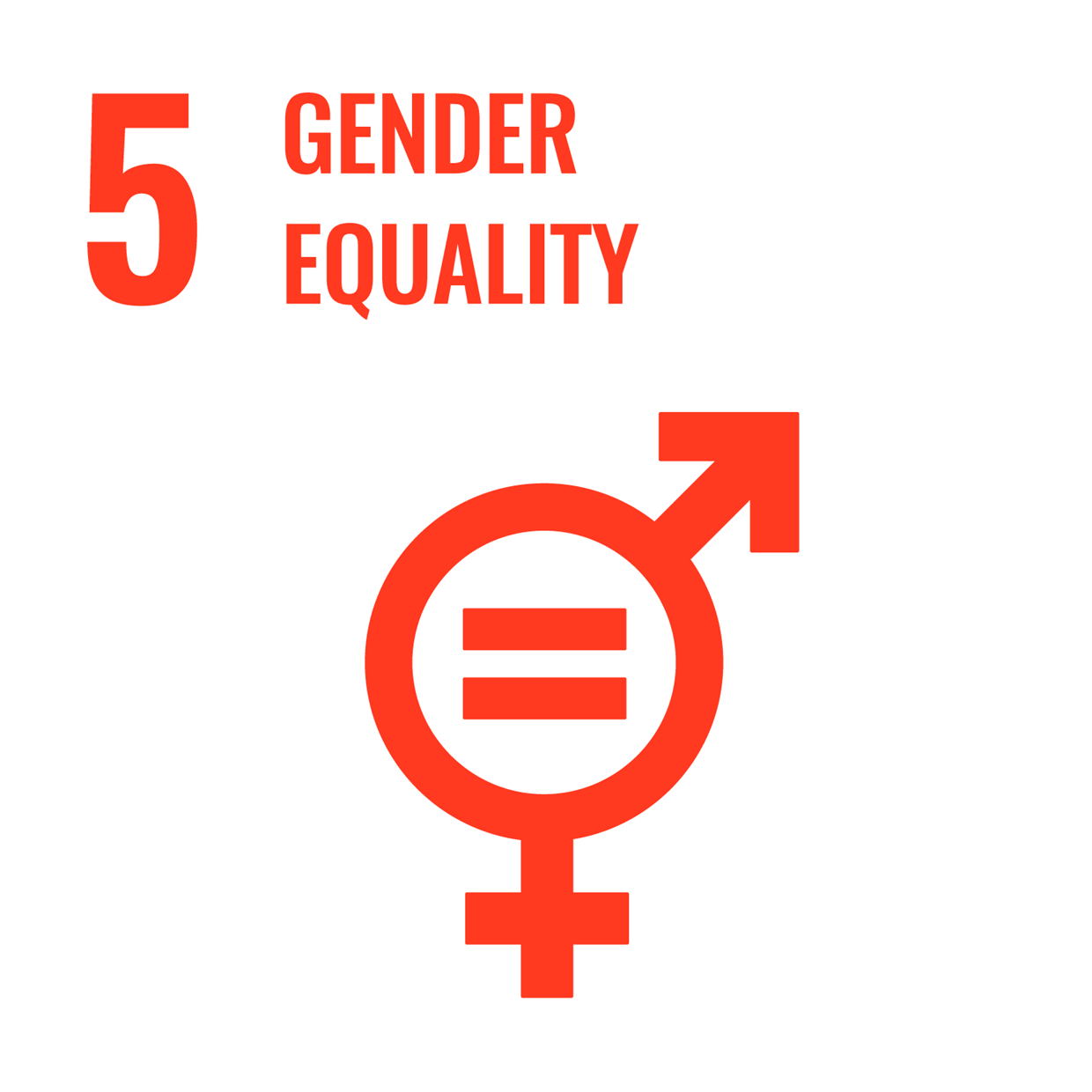
Goal 5. Achieve gender equality and empower all women and girls
By 2030, end all forms of discrimination against all women and girls everywhere (Target 5.1).
By 2030, ensure women’s full and effective participation and equal opportunities for leadership at all levels of decision-making in political, economic and public life (Target 5.5).
Material Topic: Fair Employment, Diversity & Inclusion
How we are contributing
We recognize, respect, and embrace the differences between each other and provide equal opportunities for our employees. By 2027, we aim to achieve our target of ensuring that one-third of our managers are female, and to improve the gender diversity of our leadership pipeline. As signatories of the UN Women's Empowerment Principles (WEPs), we are committed to implementing the seven principles that guide businesses to foster gender equality and women’s empowerment.

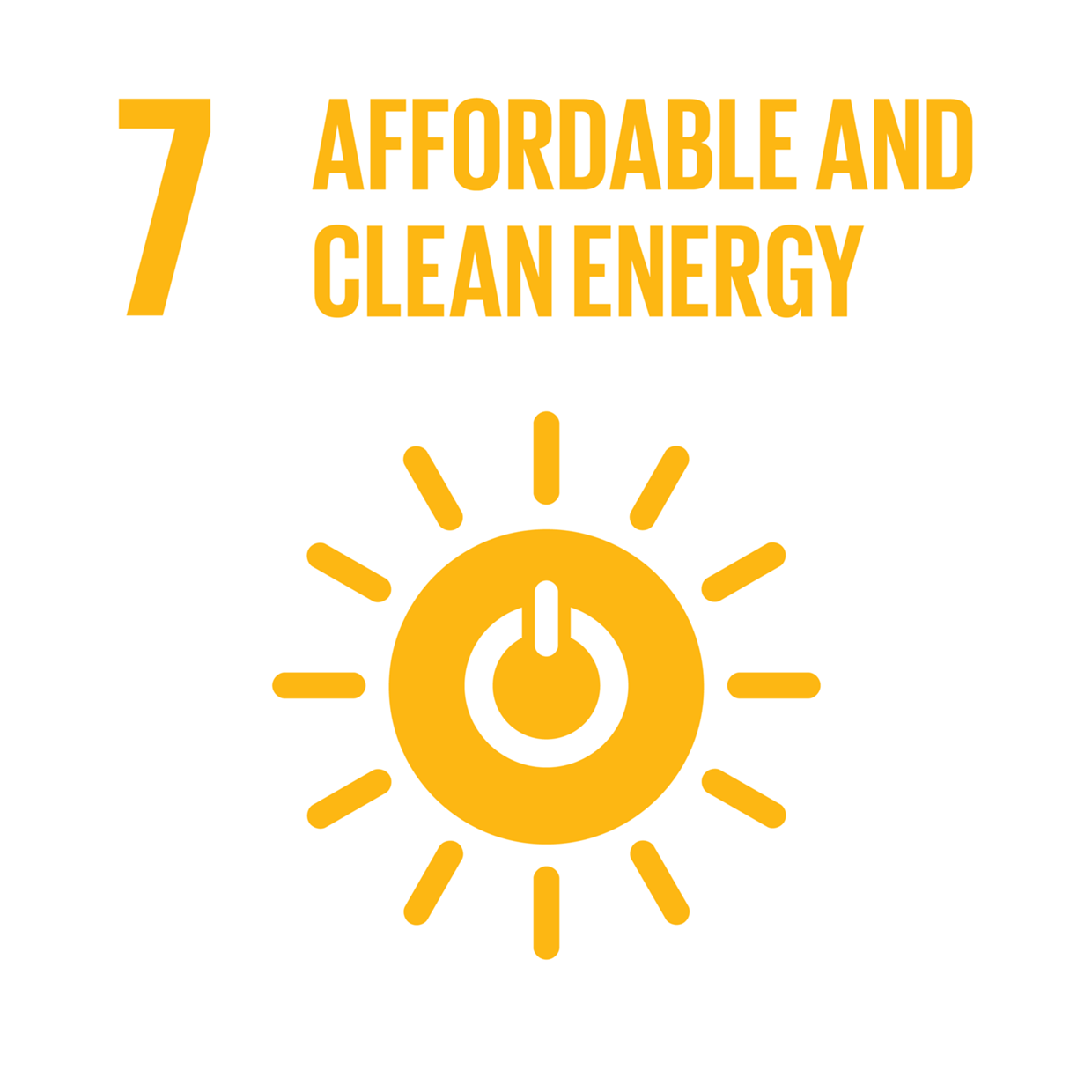
Goal 7. Ensure access to affordable, reliable, sustainable and modern energy for all
By 2030, increase substantially the share of renewable energy in the global energy mix (Target 7.2).
By 2030, double the global rate of improvement in energy efficiency (Target 7.3).
Material Topic: Energy & Emissions
How we are contributing
We currently source renewable electricity for 31% of the locations within the scope of this report (see map in the Outro). We are focused on increasing our use of renewable energy as a central component of our strategy to reduce our carbon emissions. This approach aligns with our commitment to the Science Based Targets initiative (SBTi) and the Paris Agreement.
In FY 2021/22, energy-saving initiatives were implemented at various sites in the reporting coverage. This work included: retrofitting facilities to feature LED lighting and monitoring systems; upgrading equipment such as air compressors, air heaters, and air dryers; the optimization of heating and cooling systems; and the procurement and on-site production of renewable electricity. These efforts led to an annual emissions avoidance of approximately 17,000 tCO2e. In addition, we expanded the production of on-site solar energy by 10%.
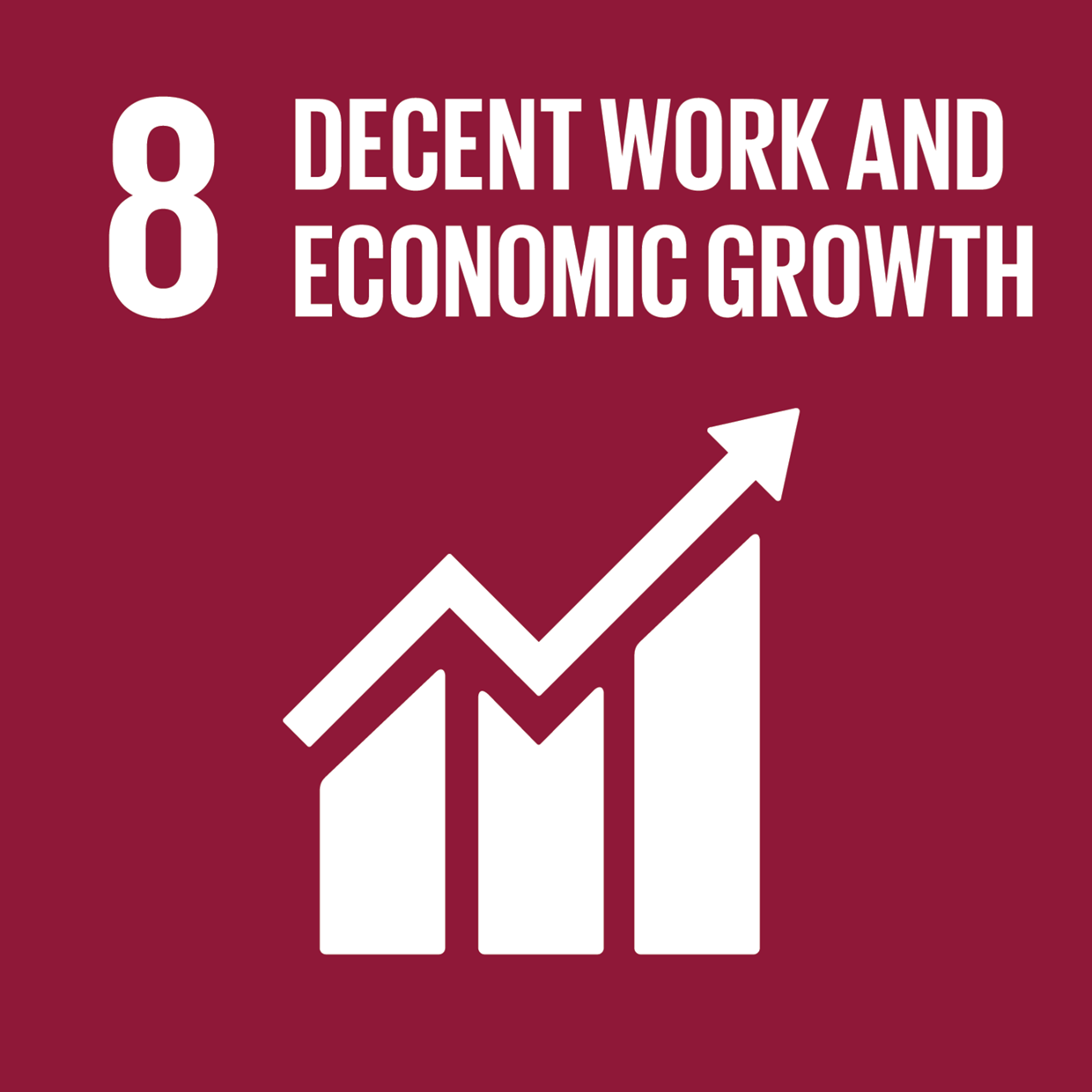
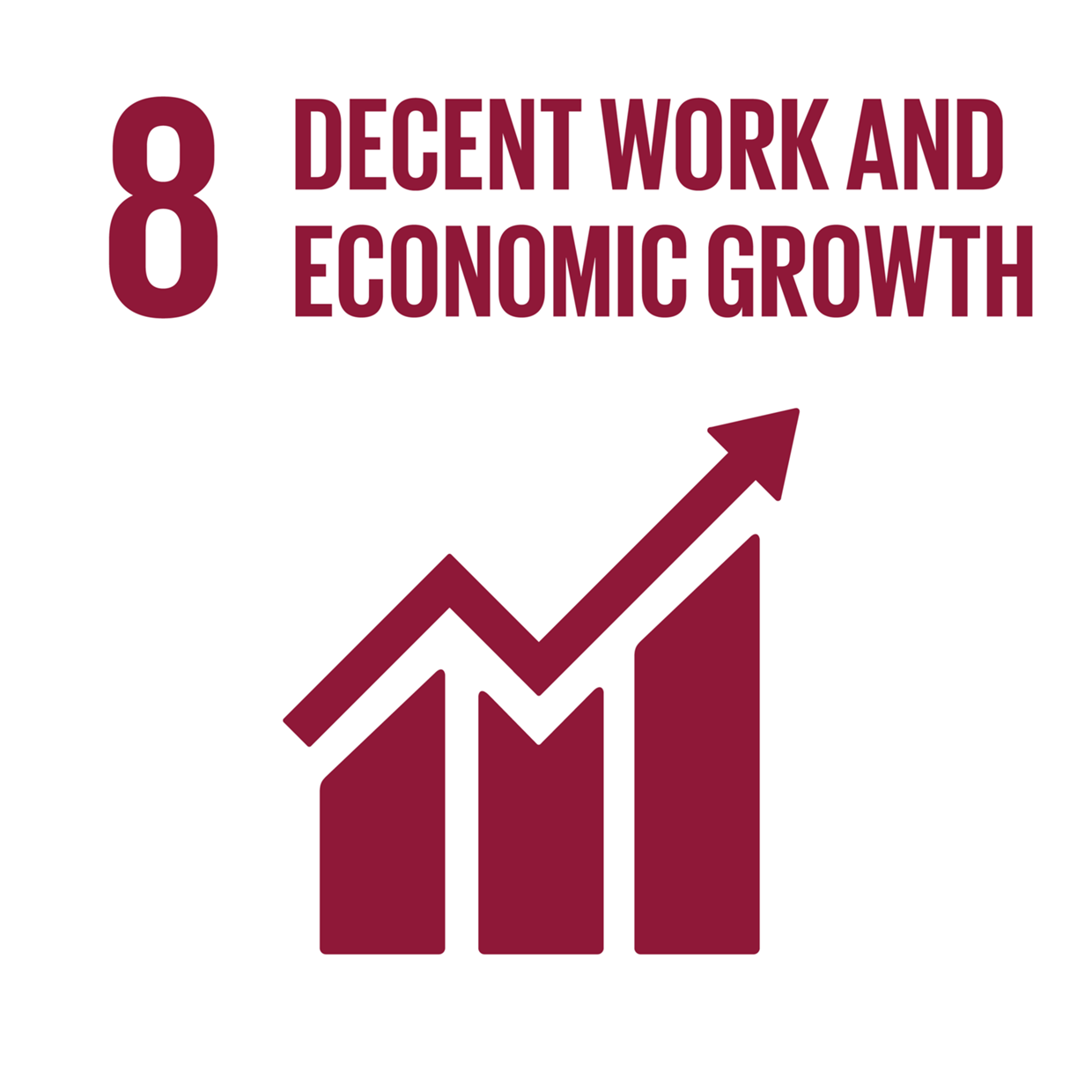
Goal 8. Promote sustained, inclusive, and sustainable economic growth, full and productive employment and decent work for all
Protect labor rights and promote safe and secure working environments for all workers, including migrant workers, in particular women migrants, and those in precarious employment (Target 8.8).
Take immediate and effective measures to eradicate forced labor, end modern slavery and human trafficking, and secure the prohibition and elimination of the worst forms of child labor (Target 8.7).
By 2030, achieve full and productive employment and decent work for all women and men, including for young people and persons with disabilities, and equal pay for work of equal value (Target 8.5).
Material Topics: Fair Employment; Human Rights; Occupational Health & Safety
How we are contributing
We are committed to providing our nearly 16,000 employees with fair working conditions. This entails fulfilling our duty of care towardsour employees in terms of healthy working environments, fair compensation, and full respect for the ILO core labor standards.
We therefore address not only the safe operation of machines, ergonomic workplaces, and the handling of hazardous substances, but also mental health issues including stress, depression, and emotional well-being, and refrain from offering excessively low wages (i.e., wage dumping). Furthermore, our Group-wide Responsible Labor Directive regulates the minimum business standards applied during recruiting, hiring, and employment regarding freely chosen employment, working hours, wages and benefits, the prevention of child labor, freedom of association, and workers' accommodation. Besides this, the Zero Recruitment Fees Directive regulates the business standards regarding fees and costs associated with recruitment governed by the Employer Pays Principle. We are, however, also committed to further expanding our sphere of influence with regard to our suppliers. This is why these principles are also enshrined in our Supplier Code of Conduct and are part of our supplier risk assessments.

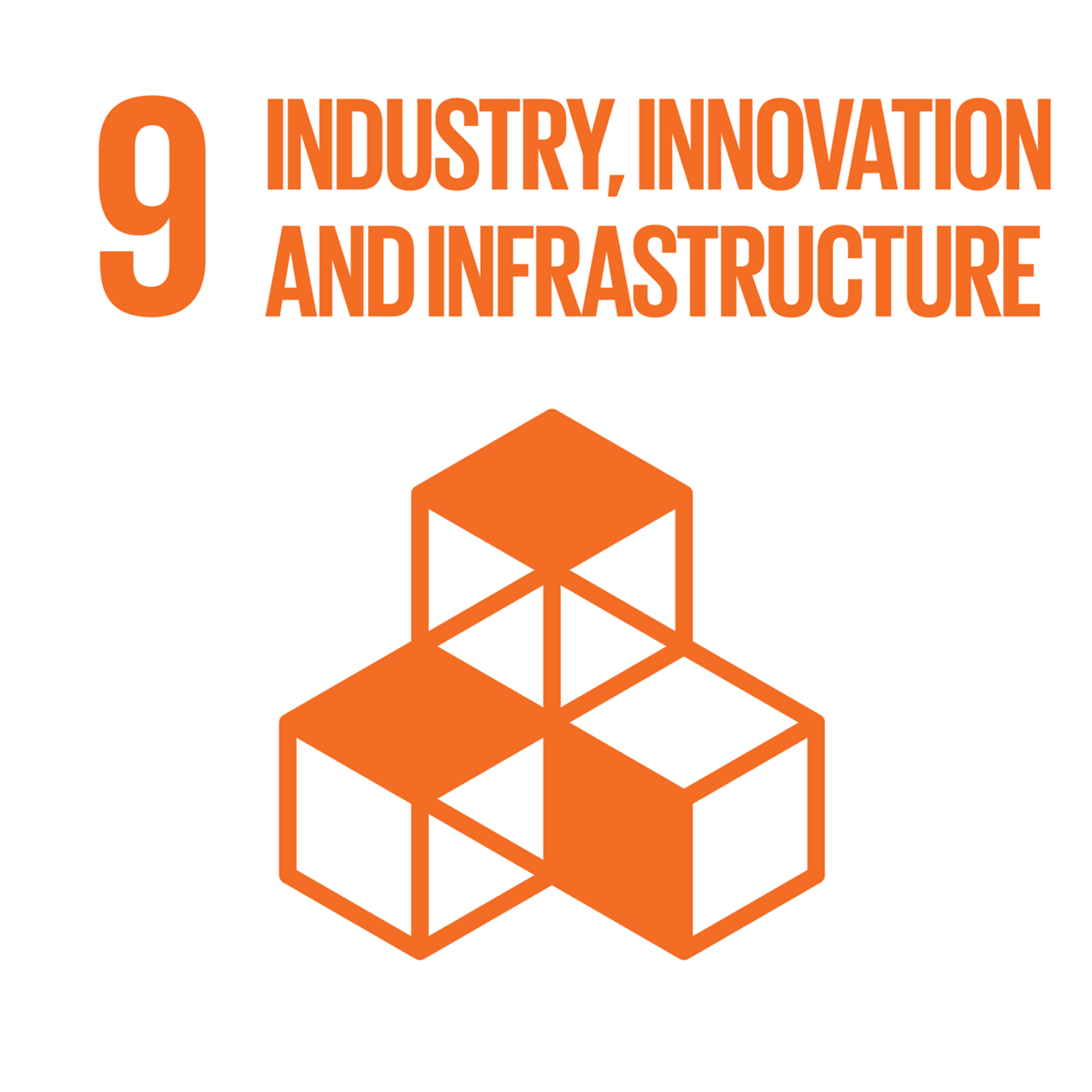
Goal 9. Build resilient infrastructure, promote inclusive and sustainable industrialization, and foster innovation
By 2030, upgrade infrastructure and retrofit industries to make them sustainable, with increased resource-use efficiency and greater adoption of clean and environmentally sound technologies and industrial processes, with all countries taking action in accordance with their respective capabilities, and specifically, reduce the CO2 emission per unit of value added (Target 9.4).
Material Topics: Energy & Emissions; Circular Economy & Materials
How we are contributing
Further to our contributions to resource-use efficiencies in the production phase, which are outlined under Goal 7, we also aim to increase the resource efficiency of our products. Our Group-wide Environment Directive regulates minimum business standards in manufacturing practices, product circularity, and eco-design, including material selection and the energy efficiency of the product use phase. The dormakaba sustainability commitment and life cycle approach are also integrated into our Product Design Manual.
We have several examples in place to provide transparent information on our products, including material compliance activities, and publishing product declarations and sustainability-related certifications. Furthermore, our digital Product CO2 Inventory Tool provides information on the carbon emissions of energy-consuming products during their use phase. This supports product development and optimization activities with the aim to creating more energy-efficient products. An example is our ST PRO Green RC3, recently launched in the Austrian and Swiss markets, which is a new, energy-saving automatic sliding door with a thermally separated profile system that reduces energy loss in the building thanks to a very low heat transfer coefficient.
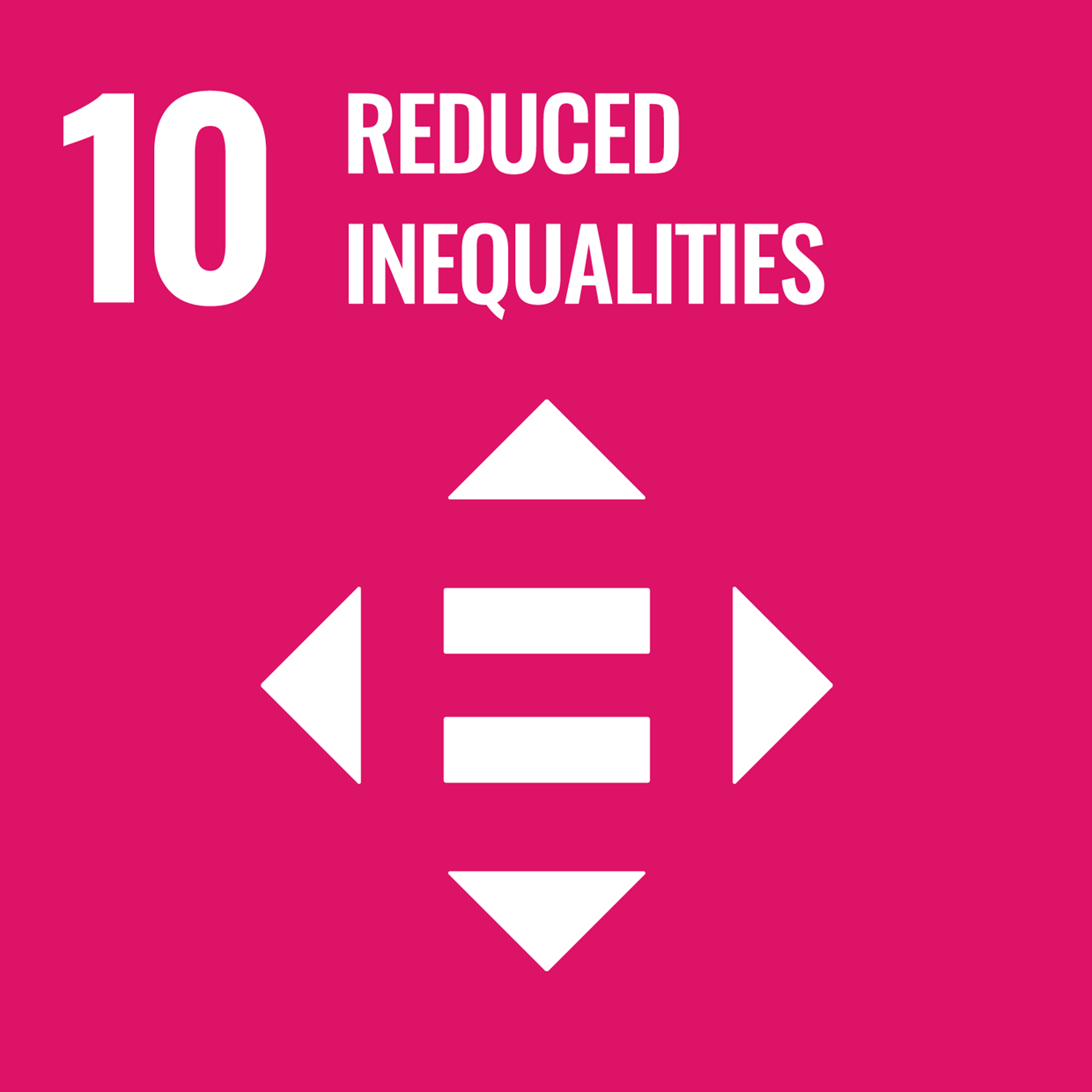
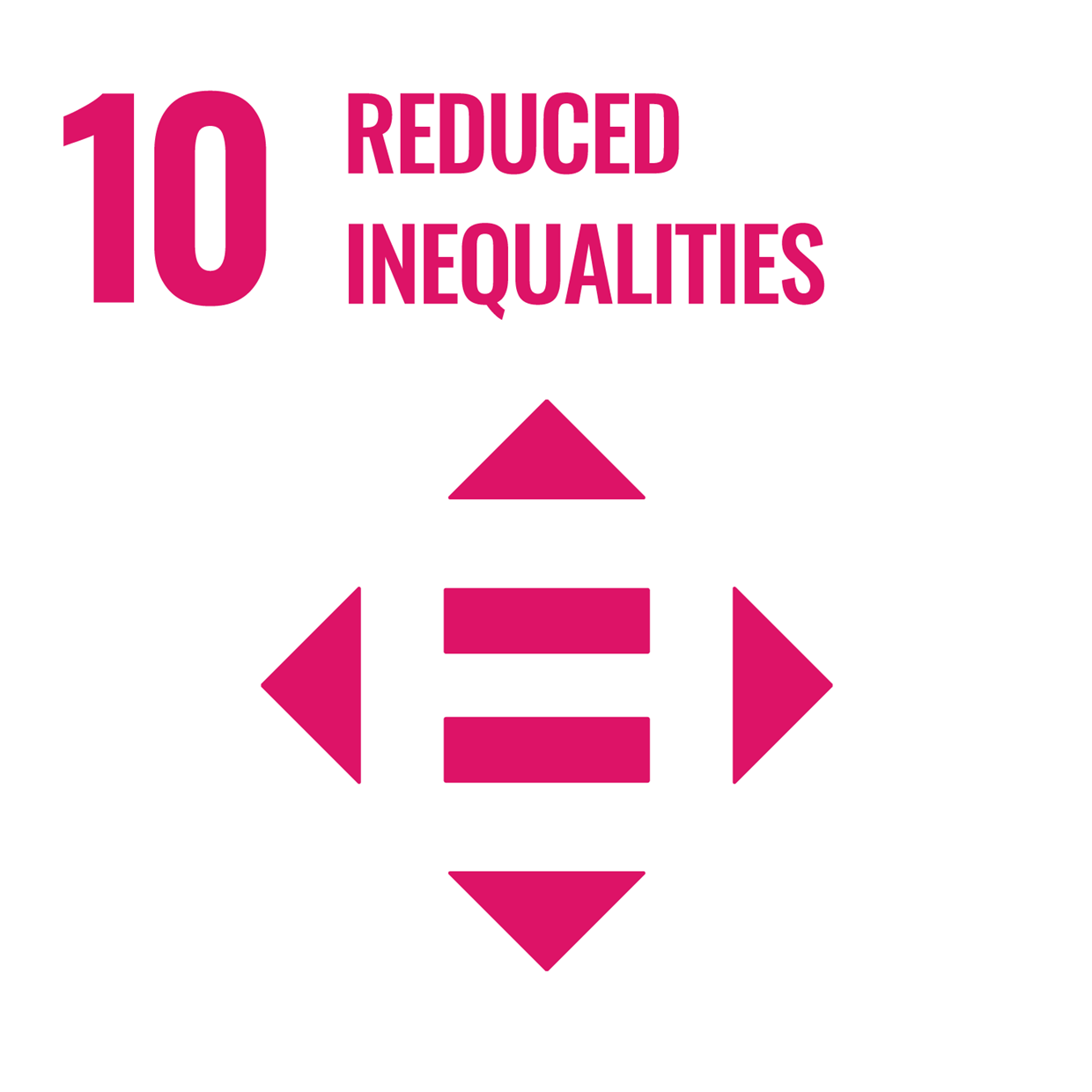
Goal 10. Reduce inequalities within and among countries
By 2030, facilitate orderly, safe, regular and responsible migration and mobility of people, including through the implementation of planned and well-managed migration policies (Target 10.7).
Material Topics: Fair Employment
How we are contributing
We are committed to “Zero Recruitment Fees” throughout our global operations. We take special care to enforce the Employer Pays Principle, particularly in the recruitment of foreign workers, in order to facilitate orderly, safe, and responsible migration and mobility of people. Should we discover that recruitment fees have been paid by our employees, we are committed to reimbursing these within a short time frame.
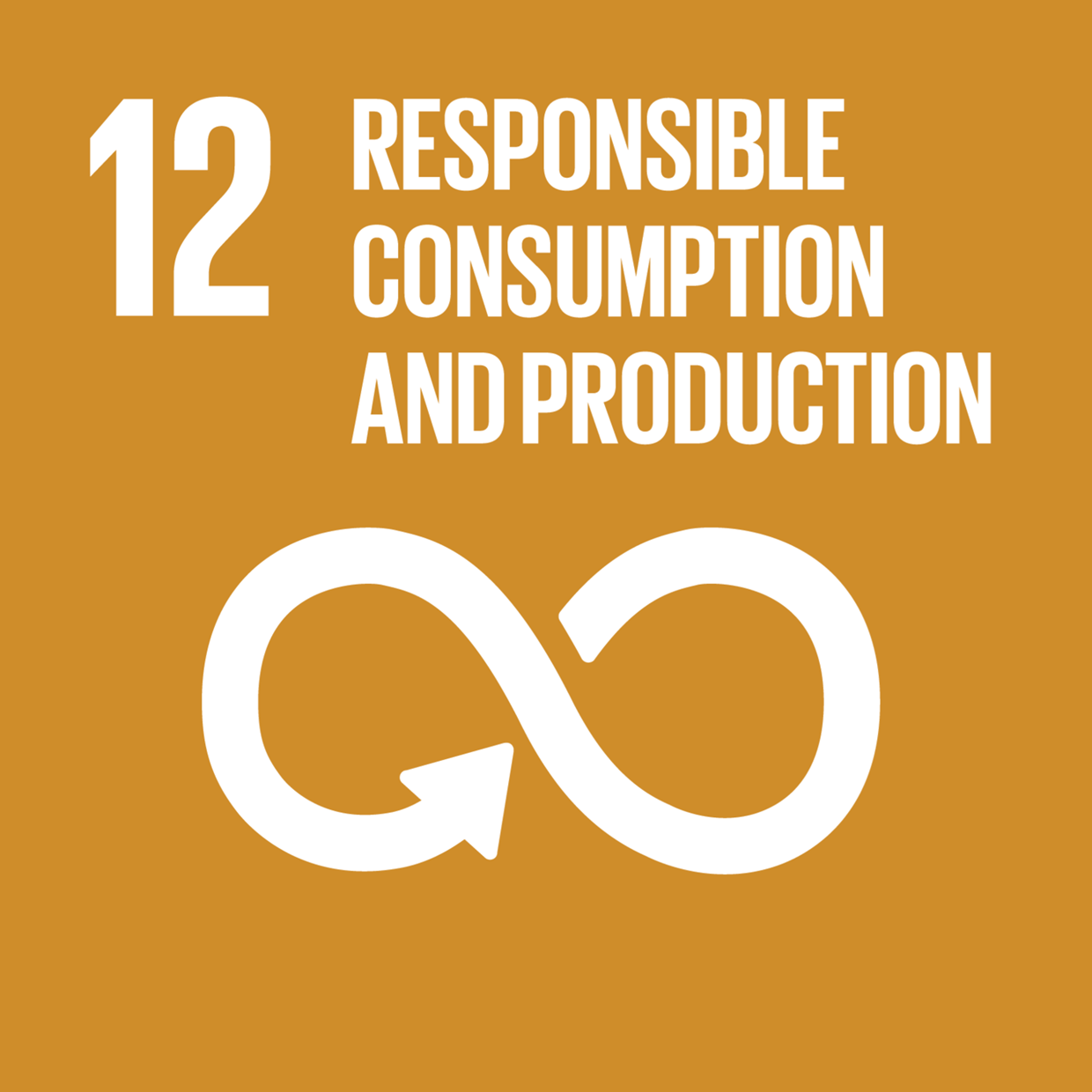
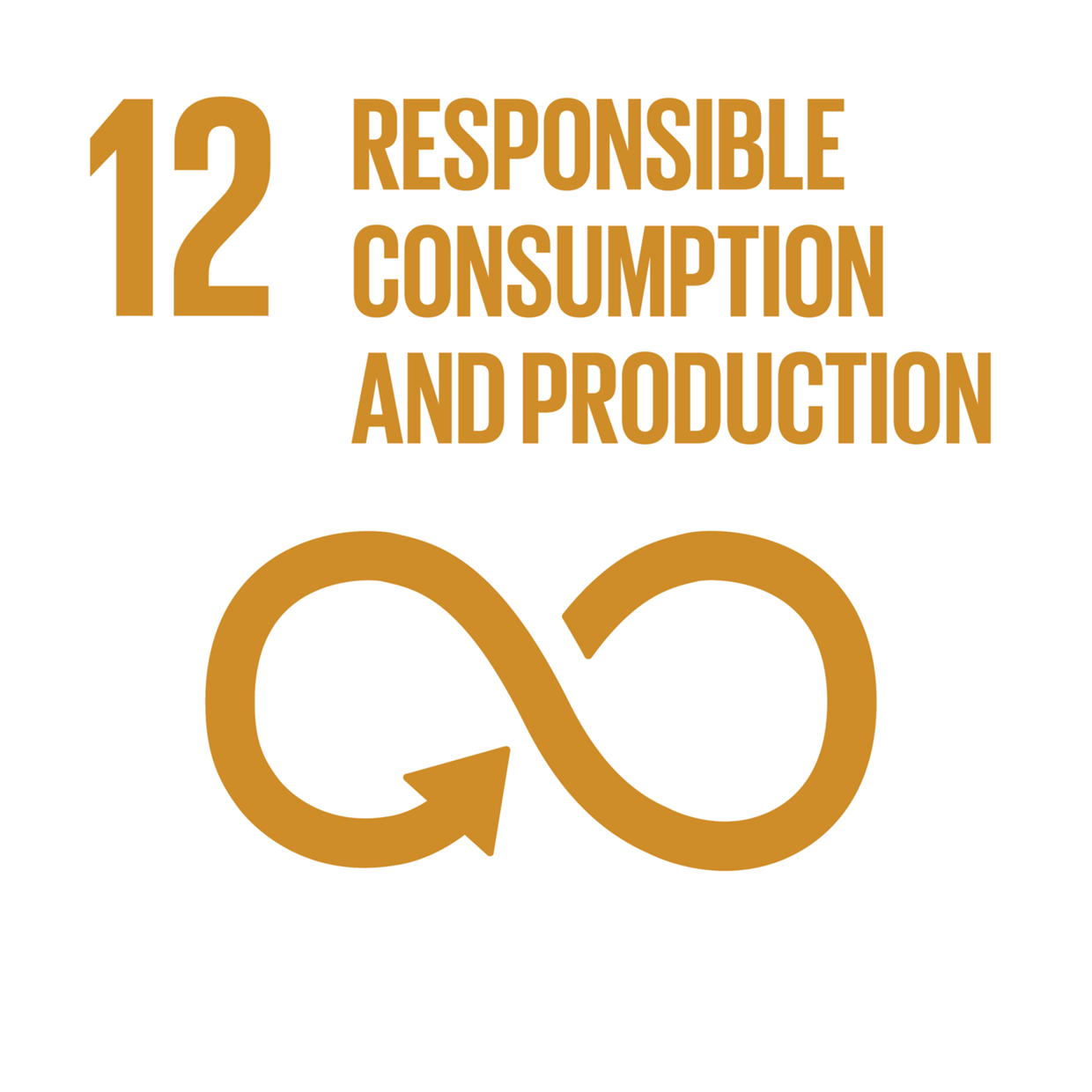
Goal 12. Ensure sustainable consumption and production patterns
By 2020, achieve the environmentally sound management of chemicals and all wastes throughout their life cycle, in accordance with agreed international frameworks, and significantly reduce their release to air, water, and soil in order to minimize their adverse impacts on human health and the environment (Target 12.4).
By 2030, substantially reduce waste generation through prevention, reduction, recycling, and reuse (Target 12.5).
By 2030, ensure that people everywhere have the relevant information and awareness for sustainable development and lifestyles in harmony with nature (Target 12.8).
Material Topic: Circular Economy & Materials
How we are contributing
The generation of different waste streams is an inevitable consequence of our operations, although by implementing the circular economy approach, we aim to send zero waste to landfill in our operations by 2027 (baseline 3,443 tons in FY 2020/21). We monitor our waste by treatment method and waste type. Approximately 73% of the waste stream was recycled, reused, or recovered (including raw materials and energy recovery) in FY 2021/22. Our contributions to the environmentally sound management of chemicals and hazardous materials are detailed under Goals 3 and 6.
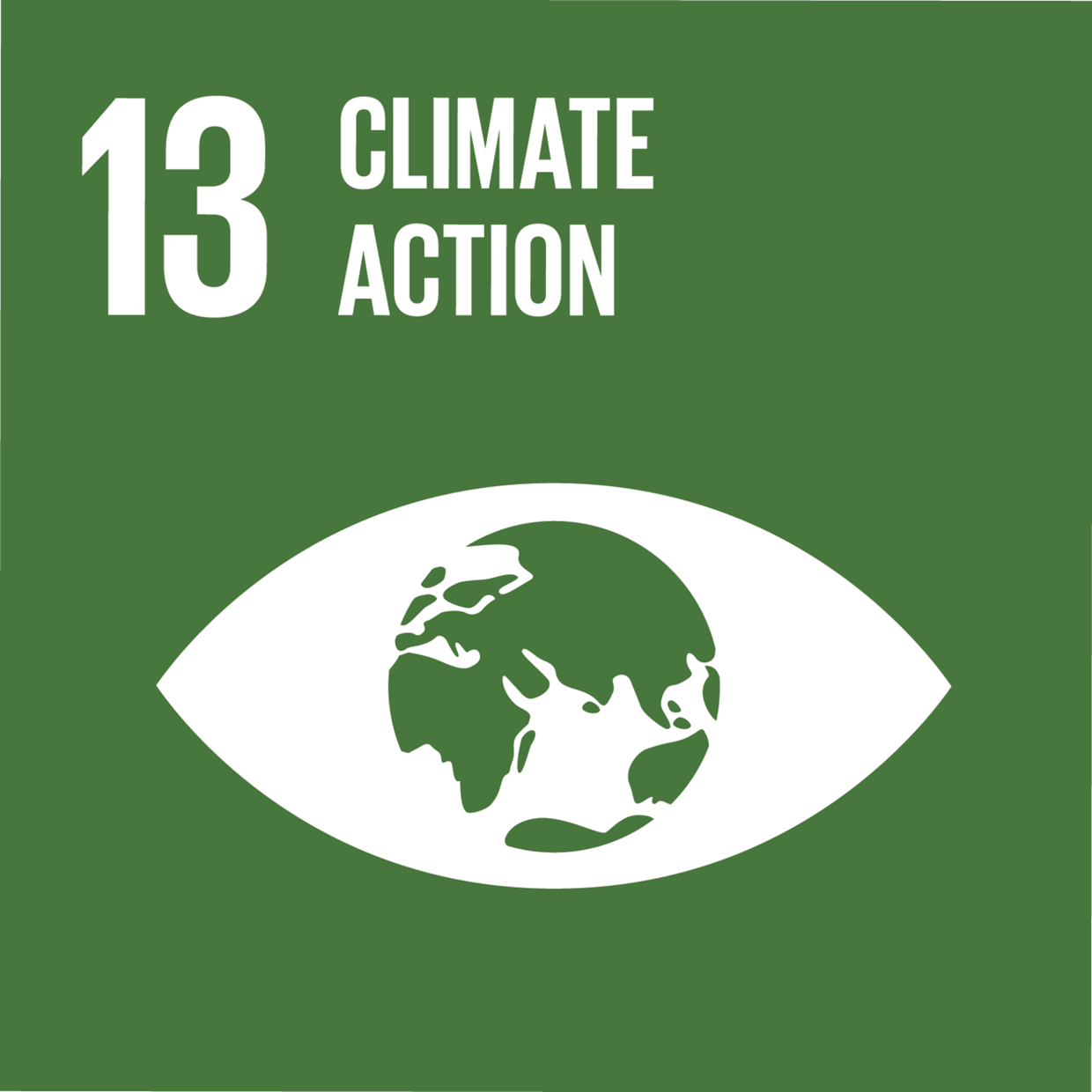

Goal 13. Take urgent action to combat climate change and its impacts
Strengthen resilience and adaptive capacity to climate-related hazards and natural disasters in all countries (Target 13.1).
Improve education, awareness raising, and human and institutional capacity on climate change mitigation, adaptation, impact reduction, and early warning (Target 13.3).
Material Topic: Energy & Emissions
How we are contributing
In addition to the initiatives mentioned under Goal 9, in 2021, SBTi has approved our targets for operational and value chain emissions, including emissions from purchased materials and the use of our products. Progress towards the operational emissions target is being tracked as part of our sustainability-linked credit facility. We aim to reduce Scope 1+2 emissions in line with a 1.5° world by 42% versus our baseline by 2030, and to reduce Scope 3 emissions by 25% in the same time period. We have reduced our Scope 1+2 carbon emissions by 8.2% versus the target baseline of FY 2019/20 through green electricity purchases and energy efficiency projects.